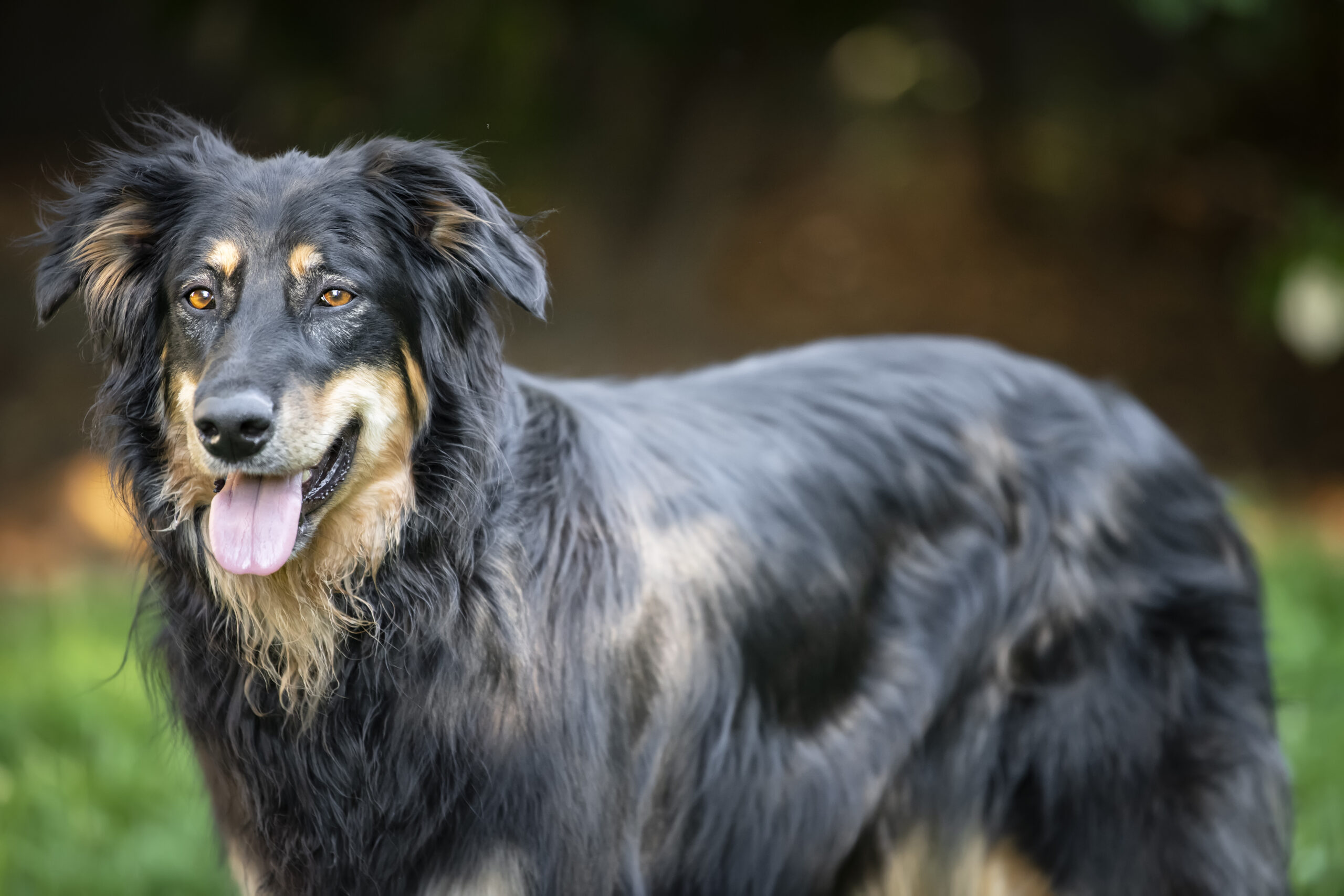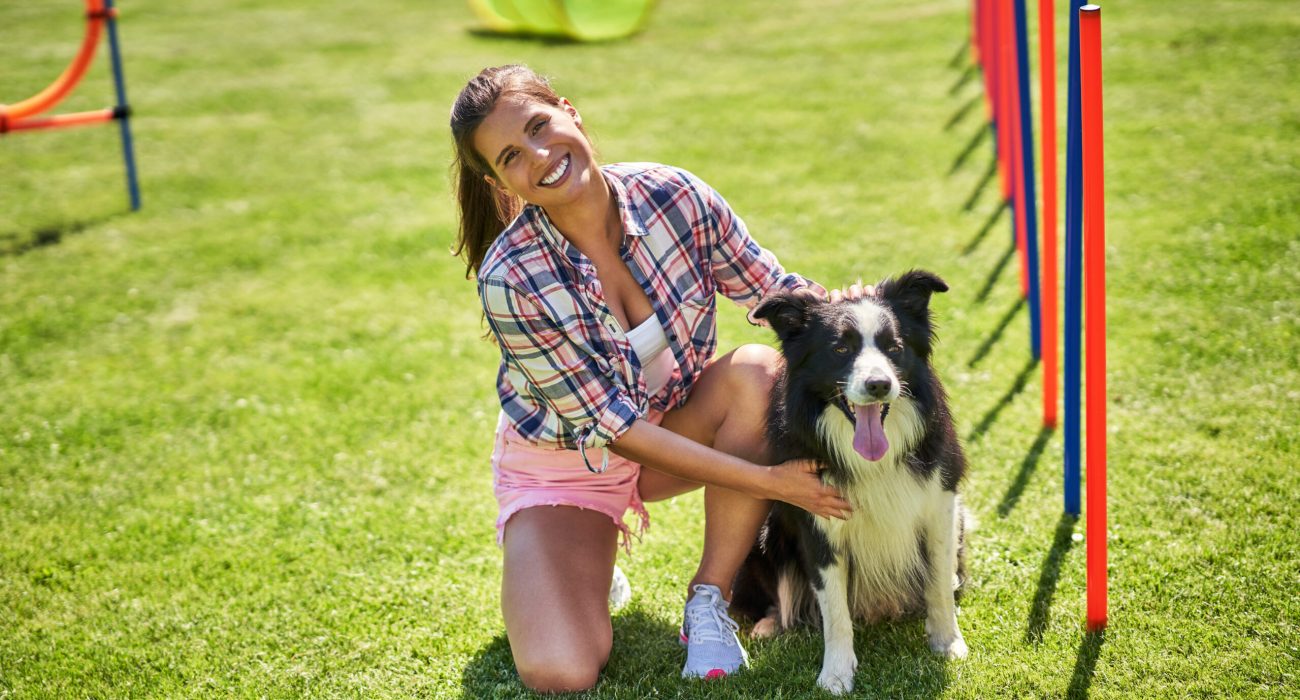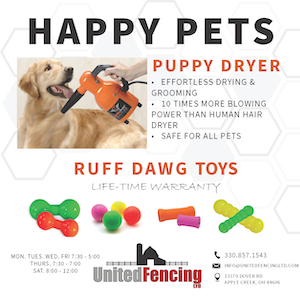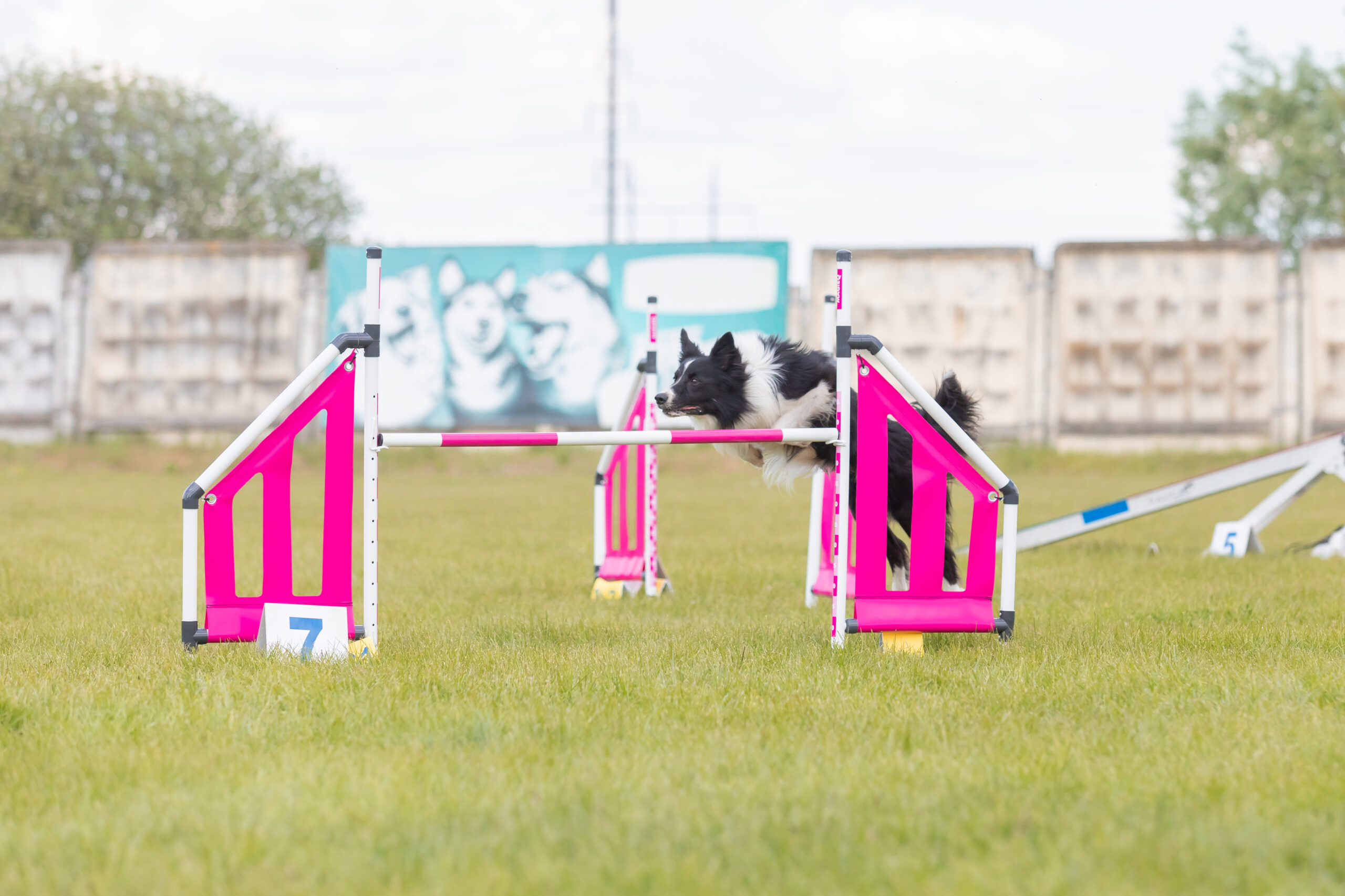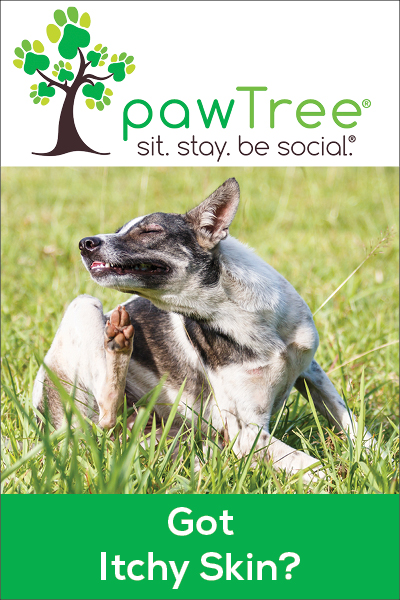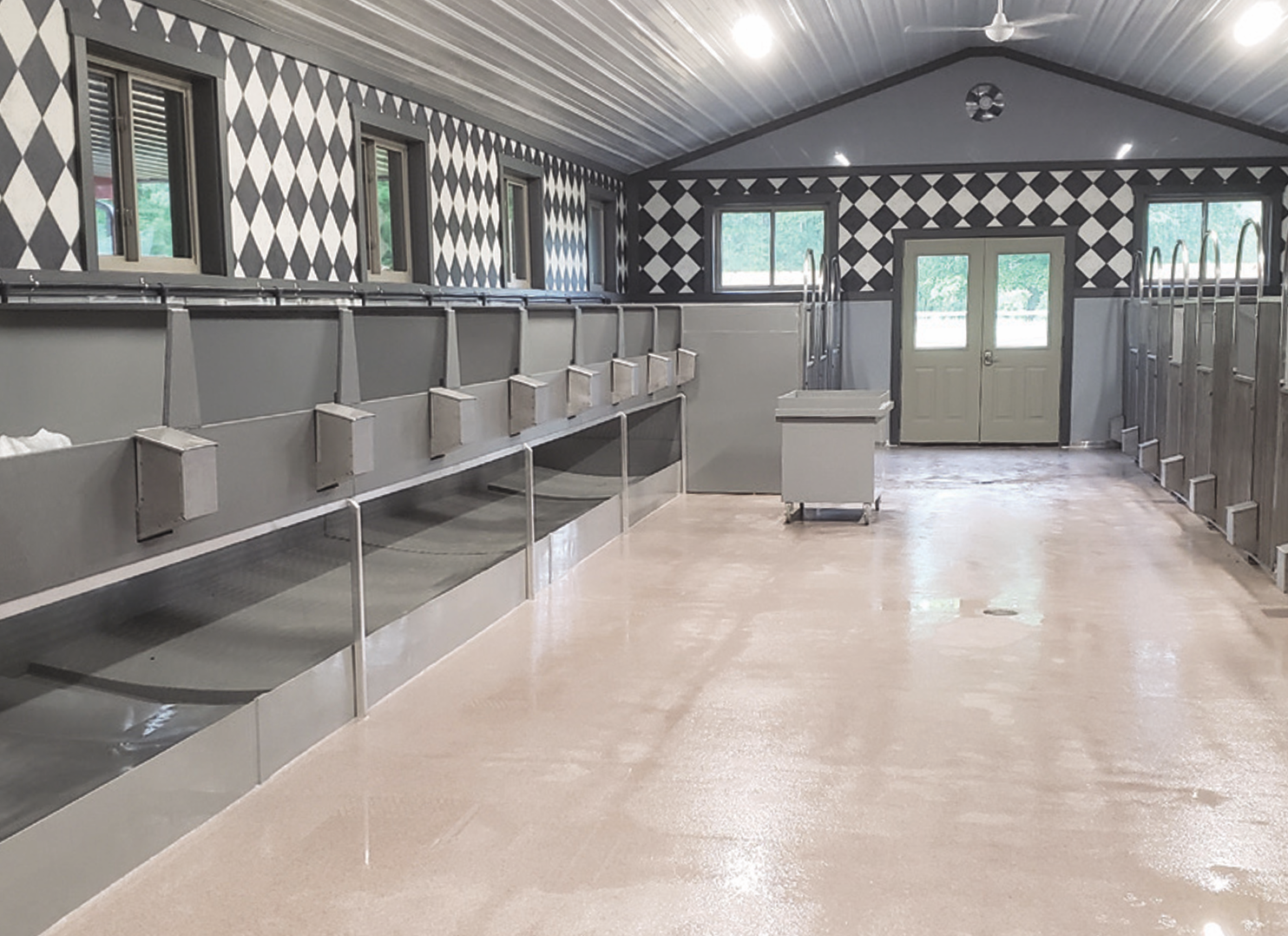In 1977, at the renowned Crufts dog show in England, John Varley found himself facing the challenge of filling the time gap between the end of the obedience championships and the commencement of group judging. With more expertise in horseshow jumping than in dog training, Varley decided to create a different kind of demonstration. Enlisting the help of friends to construct equipment for the demo, he recognized that adding a competitive edge would make it more appealing to spectators. Hiring a friend with extensive dog training experience, Varley orchestrated the debut of the event at Crufts, setting up two teams for a captivating performance on Olympia’s hard floor.
The influence of this demonstration quickly spread as dog trainers adopted its basics, adapting what they witnessed at Crufts. By January 1, 1980, a set of official rules for the newly dubbed dog sport, agility, became effective under the guidance of a committee. Peter Lewis published the first book on agility, “The Agility Dog,” in 1981, while in 1983, Ken Tatsch contemplated the establishment of an agility organization in the United States. The inaugural USDAA Grand Prix of Dog Agility took place in Houston, Texas, on August 5, 1988, featuring three jump heights competing against each other. The first USDAA title, the Agility Dog, was earned on May 5, 1990.
April 1991 witnessed the achievement of the first USDAA Advanced Agility Dog title, followed by the inaugural Dog Agility Masters Team Tournament in Philadelphia, Pennsylvania, in May 1991. The North American Dog Agility Council (NADAC) was formed in 1993, reflecting the growing popularity of the sport. In August 1993, the American Kennel Club (AKC) convened a committee meeting in Pennsylvania to deliberate on the addition of agility to their Fun & Games Dog Agility Course performance events. By August 1994, the first AKC licensed agility trial unfolded in Houston, Texas. The momentum continued, with the completion of the first NADAC Agility Trial Champion title in July 1995, marking another milestone in the ever-expanding world of agility.
While certain breeds are often associated with agility due to their natural athleticism and intelligence, such as Border Collies, Australian Shepherds, and Shetland Sheepdogs, the truth is that any dog can participate and enjoy the activity. The key lies in the bond between the handler and their furry companion, coupled with effective communication and a willingness to learn.
Agility competitions are typically held in dedicated spaces, often outdoors, where specially designed courses are set up. The outdoor environment adds an extra layer of excitement and challenge to the sport, as dogs navigate through a variety of obstacles like jumps, tunnels, weave poles, and contact equipment under the open sky. This outdoor setting allows for a more dynamic and engaging experience, creating a joyful atmosphere for both participants and spectators.
Beyond the joy of the sport itself, agility competitions often come with rewards and prizes for successful participants. Handlers and their dogs compete not only for the thrill of the challenge but also for the chance to earn titles, ribbons, and sometimes even trophies. These rewards add an extra level of motivation and recognition for the dedication and effort put into training and competing.
While the competitive aspect of agility is certainly appealing, many participants engage in the sport primarily for the sheer enjoyment and the opportunity to strengthen the bond with their dogs. The positive and supportive community surrounding agility makes it accessible to individuals of all skill levels. Whether a seasoned competitor or a first-time participant, the shared love for dogs and the exhilaration of the agility course creates an inclusive and uplifting atmosphere. In the world of dog agility, the true prize often lies in the sense of accomplishment, the joy of teamwork, and the everlasting connection forged between dogs and their handlers.
